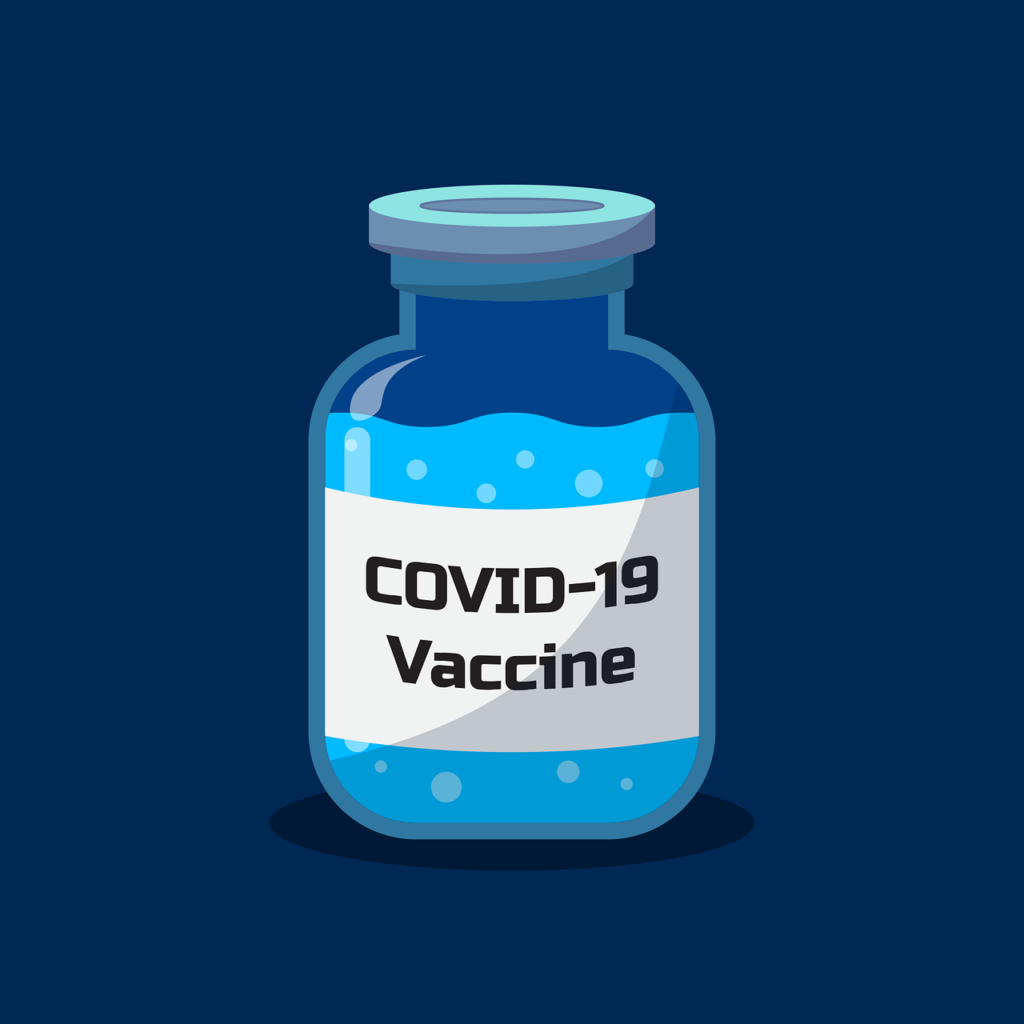
One of the most widespread rumors about the coronavirus vaccines perpetuated by conspiracy theorists suggests the vaccines contain microchips (or nanochips?) that track implanted people or control their behavior. Presumably, Microsoft founder Bill Gates is behind the ploy.
Put simply, that’s just ridiculous. First of all, it should be said that the Bill & Melinda Gates Foundation has donated $420 million last year toward the development and distribution of COVID-19 vaccines. Additionally, the couple has pledged $10 billion over the next 10 years to fund research, development, and delivery of vaccines for the world’s poorest countries. Not only is the claim that Bill Gates is seeking to develop vaccines that track, control, or harm people in some way baseless and stupid, it is incredibly unfair considering how much he has done to help the world.
While many people will still be reasonable enough not to fall for this claim, there are still concerns over what these vaccines contain. For instance, some people on social media seem to be adamant about not taking a COVID-19 vaccine until they know ‘exactly’ what’s inside them. If only people were so diligent about their diets. Nevertheless, here is the full list of ingredients for the most important vaccines currently distributed across the world, with some brief explanations which should come in handy for those who don’t have a biochemistry degree.
What’s inside the Pfizer-BioNTech vaccine?
This is an mRNA vaccine, meaning it contains a nucleoside-modified messenger RNA that instructs cells to produce a fragment of the viral spike glycoprotein of SARS-CoV-2. This spike protein cannot make you sick with COVID-19 but will teach the immune system to recognize and kill the virus if it tries to infect us.
The vaccine’s genetic code is encased in a tiny lipid nanoparticle, which is essentially made of fatty substances such as:
- (4-hydroxybutyl)azanediyl)bis(hexane-6,1-diyl)bis(2-hexyldecanoate),
- 2-[(polyethylene glycol)-2000]-N, N-ditetradecylacetamide,
- 1,2-distearoyl-snglycero-3-phosphocholine,
- and cholesterol
These fatty particles, which are no larger than 100 nanometers across, serve as greasy spheres that protect the mRNA and also help the genetic material pass into the necessary cells.
The vaccine also contains four salts, including ordinary table salt. The full list is as follows:
- potassium chloride
- monobasic potassium phosphate
- sodium chloride (table salt)
- basic sodium phosphate dihydrate
Known as phosphate-buffered saline (PBC), these salts ensure that the vaccine’s acidity is close to that of a human’s body. If the pH is too different, cells can get injured or the vaccine can degrade too quickly to successfully boost immunity.
Additionally, Pfizer-BioNTech’s vaccine contains sugar. The sucrose helps the vaccine nanoparticles, which need to be stored at ultra-low freezing temperatures of about -100 degrees Fahrenheit (-75 degrees Celsius), to prevent degradation and stop them from sticking together while frozen. Pretty sweet!
What’s inside Moderna’s vaccine?
Moderna’s vaccine, the second to receive emergency approval from the FDA, is also an mRNA vaccine that uses a small piece of genetic code to generate antibodies against the coronavirus. As such, the ingredients of the two vaccines are very similar.
Besides messenger ribonucleic acid (mRNA) that instructs the production of the viral spike protein, Moderna’s vaccine contains the following lipids:
- SM(sphyngomyelin)-102,
- Polyethylene glycol [PEG] 2000 dimyristoyl glycerol [DMG],
- 1,2-distearoyl-sn-glycero-3-phosphocholine [DSPC],
- and cholesterol
Other ingredients include stabilizers such as:
- Tromethamine,
- Tromethamine hydrochloride,
- Acetic acid,
- Sodium acetate,
- Sucrose (sugar)
Although Pfizer-BioNTech’s and Moderna’s vaccines are very similar, minute differences in formulation explain why Moderna’s product can be stored in a regular freezer compared to the ultra-cold freezers required for Pfizer’s vaccine.
What vaccine ingredients cause allergic reactions?
A CDC report released in early 2021 found that out of almost 2 million vaccine doses from Pfizer-BioNTech administered to the population, there were only 21 cases of severe allergic reactions. No fatalities were reported.
“This averages out to a rate of 11.1 anaphylaxis (severe allergic reaction) cases per one million doses administered,” senior CDC official Nancy Messonnier told reporters at a briefing.
The incidence of anaphylaxis after vaccination with a typical vaccine, such as that for the flu or measles, is about 1.3 cases per one million. However, as the number of doses administered moves up towards billions of doses, the anaphylaxis incidence rate for the mRNA vaccines may also converge to a similar figure of approximately one in every one million shots. Rates are adjusted as more information becomes available, just like the COVID-19 infection rates over the last year.
Even at its current rate, the risk of an allergic reaction to the COVID-1 vaccine is very low. The reason why some people may have an anaphylactic reaction is due to unique biochemical interactions. We’re all much more similar than we are different, but these minute individual differences can on rare occasions lead to different outcomes when taking medicine.
Nevertheless, the CDC says that if you have had an allergic reaction — even if it was not severe — after receiving the first dose of the vaccine, you should not get a second dose.
This article is part of a series by the ZME Science editorial staff meant to inform and educate the public concerning the coronavirus vaccines. This is not medical advice. You should consult your doctor before making a health decision based on information you read online.






